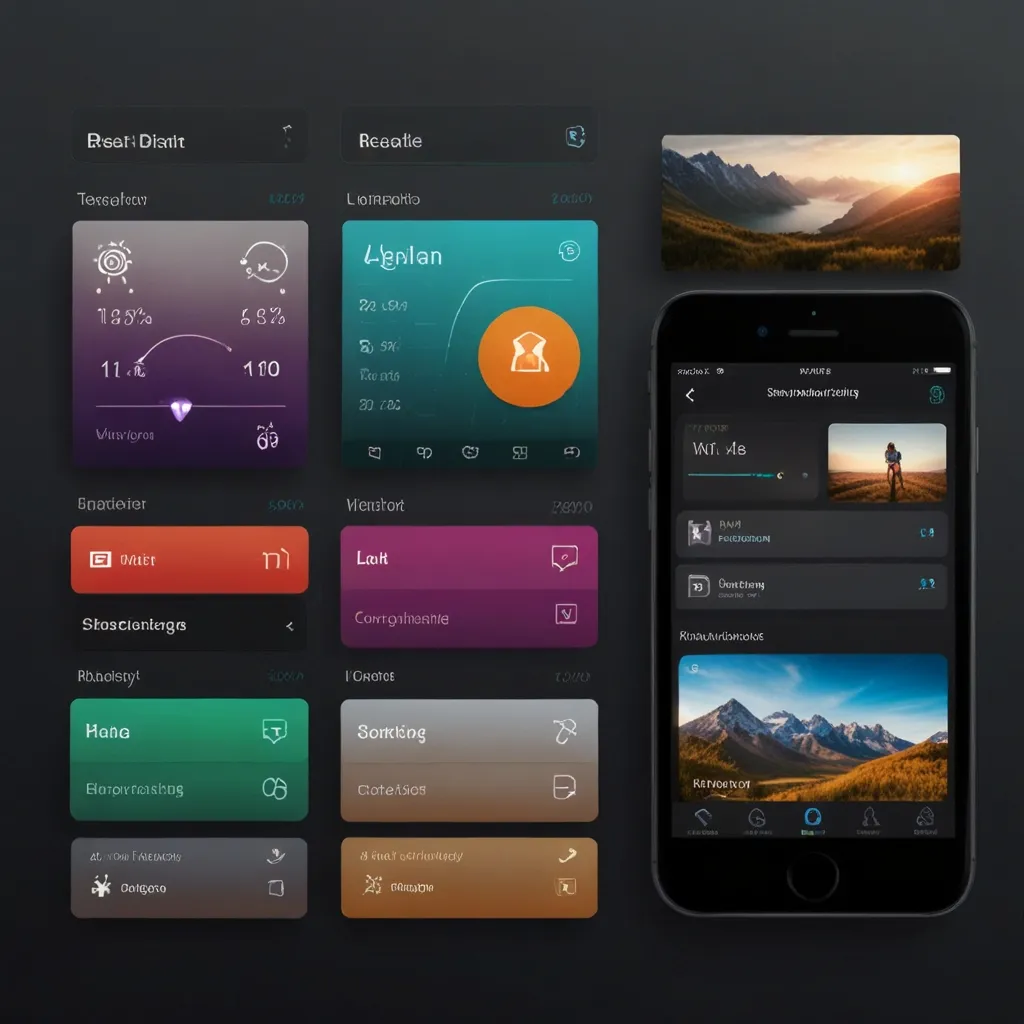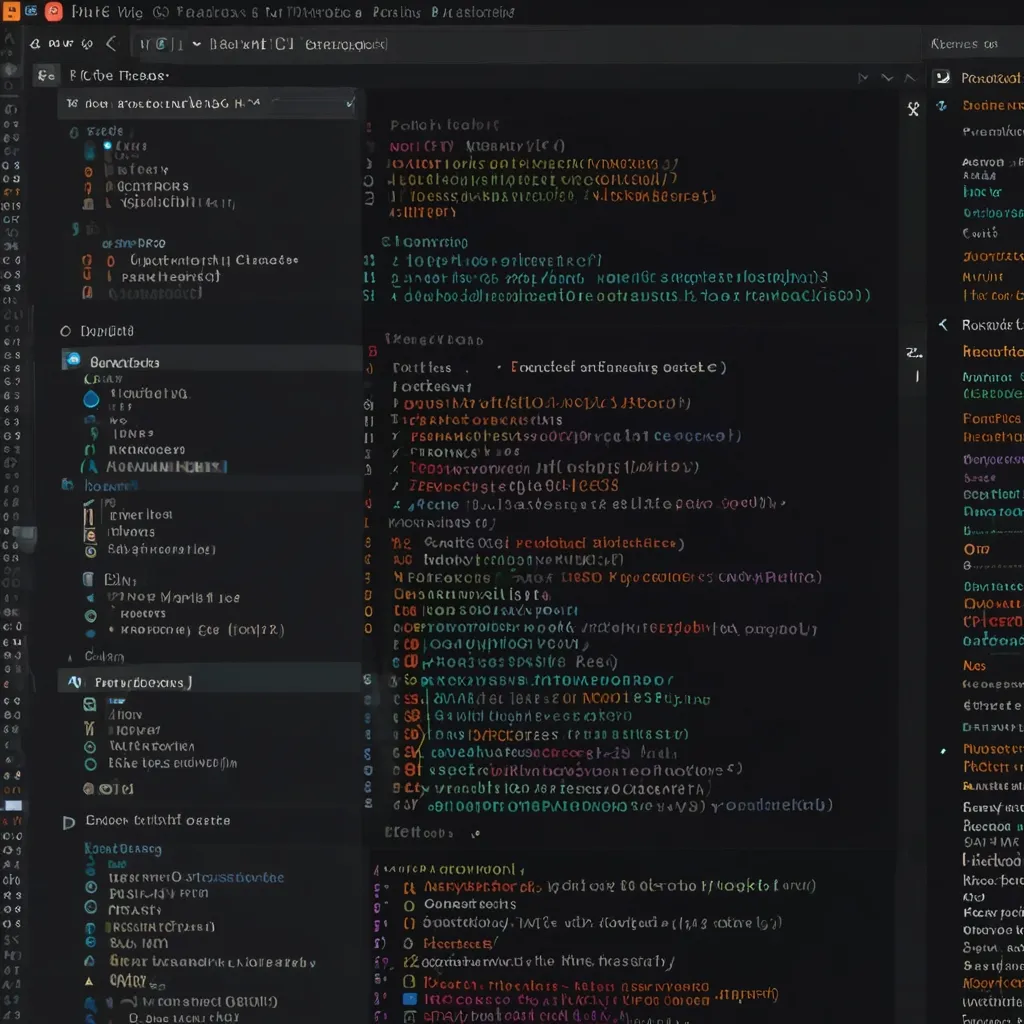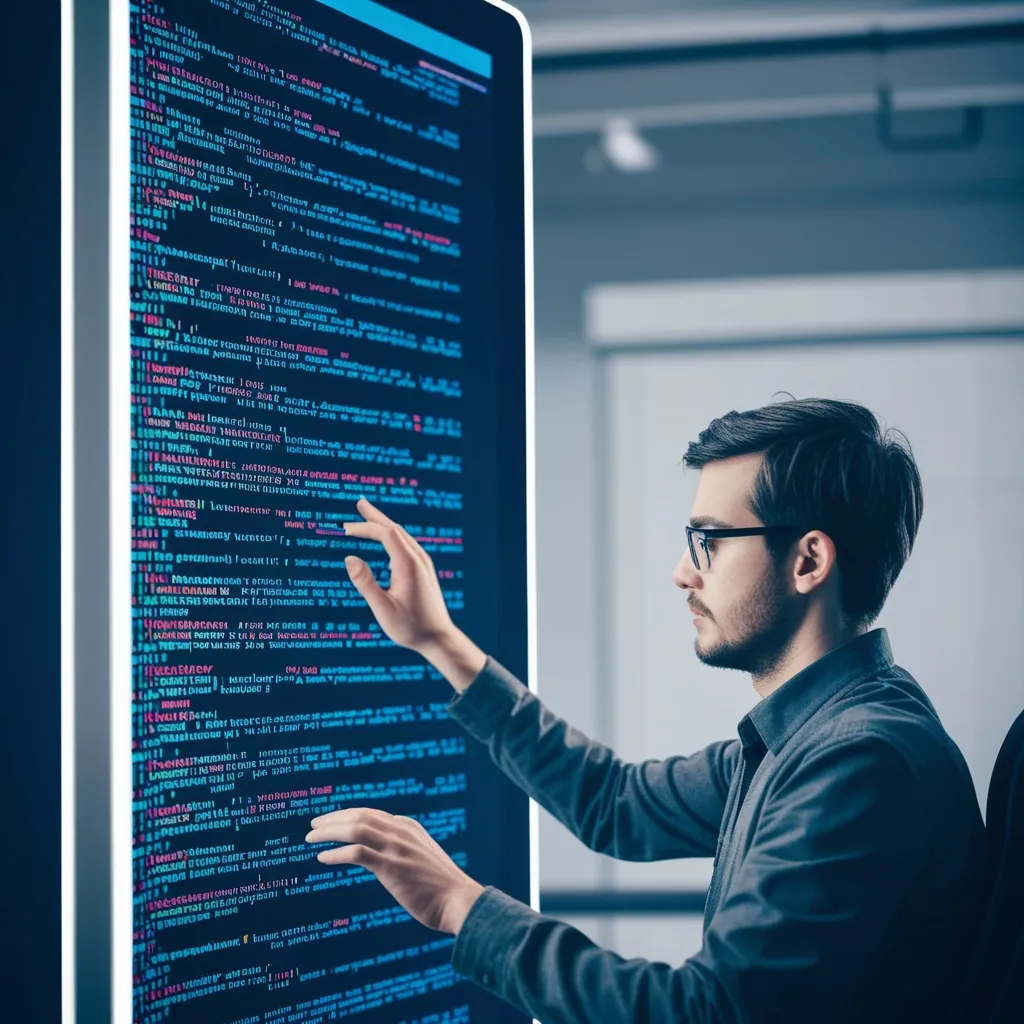Imagine wanting to create an awesome app that not only looks great but works flawlessly on pretty much any device out there, from a Windows PC to an iPhone. That’s where Qt steps in as a game-changer—the ultimate cross-platform app development framework.
Qt isn’t just a one-trick pony. Born in the mid-’90s and initially crafted by Trolltech—a Norwegian crew—Qt has grown up and is now maintained by The Qt Company. This framework is a cornerstone for folks in the dev world who need apps that rock on different platforms, be it Windows, macOS, Linux, Android, or iOS.
Why should a developer even consider using Qt? For starters, it’s built around C++, known for its runtime performance and minimal footprint. However, don’t worry if you’re not a C++ guru; Qt’s versatility extends through other languages thanks to bindings and extensions. What’s stunning about Qt is its knack for creating readable and reusable code. This makes it the go-to for developers looking to build efficient and scalable apps.
One of the coolest perks Qt offers is cross-platform development. Picture writing your code once and having it effortlessly run across multiple platforms. This is a godsend if you aim to target a wide user base. For example, crafting a mobile app that you’ll want on both Android and iOS? Write it once with Qt, then watch it perform smoothly on these platforms and desktop systems like Windows and macOS too.
When it comes to creating GUIs, Qt really shines. Thanks to its comprehensive libraries and APIs, cooking up complex user interfaces feels like a breeze. Whether you need core non-graphical classes, graphical components, multimedia functionalities, or network programming modules, Qt has everything covered. Plus, your app will look “native” on any platform, making it blend seamlessly with applications built using platform-specific toolkits.
Qt’s essentials are a solid foundation, available on every supported development and target platform. They include the core non-graphical classes and basic GUI components. You also get multimedia and network programming classes. But wait, there’s more! Qt isn’t just about the basics. You can spice up your project with various add-ons that offer specialized functions, such as support for Wayland compositors, sensor hardware, or web content rendering, enhancing your app beyond the core framework’s limits.
For those of us who love efficiency, Qt Creator is a robust integrated development environment (IDE) designed to be your best buddy throughout the entire development lifecycle. Whether you’re knee-deep in UI design, software development, or stressing over quality assurance and deployment, Qt Creator’s got your back. Tools for UI composition, code coverage analysis, test results management, and software static code analysis streamline your workflow so you can churn out apps of top-notch quality.
Now, if you’re someone who prefers a more dynamic approach to development, meet Qt Quick. This declarative framework empowers you to build snazzy applications using QML, a scripting language that’s similar to JavaScript. With QML, you can separate the logic from the presentation layer, making it super easy to craft visually stunning and interactive UIs without getting your hands dirty with native code.
Are you aiming to make your app go global? Qt is like your Swiss Army knife for internationalization. It provides top-tier tools for translating text, managing character sets, and adapting to cultural settings. Plus, with its robust database integration capabilities, interacting with SQL databases feels seamless, making Qt perfect for building applications that need significant data storage and retrieval.
Security might not always be fun to talk about, but it’s crucial. Qt takes this seriously. The framework’s open-source nature ensures that any vulnerability reports are examined both internally and by external contributors. This means potential threats are swiftly identified and dealt with, making Qt a reliable choice for developing apps that need high levels of security and integrity.
What’s better than a framework with all these features? One backed by an awesome community. Qt boasts a vibrant community of developers who are constantly contributing to its growth. Plus, with extensive online documentation, tutorials, how-to guides, and API references, you’re never alone. Whether you’re a beginner or a seasoned pro, the Qt community ensures you have all the support you need.
Qt isn’t just theory—it’s backed by real-world applications. Think of it being used in the Bitcoin Core software, the Calibre ebook collection app, and the Celestia astronomy software. These examples prove that Qt’s versatility and cross-platform capabilities make it a preferred choice for developers needing to build sophisticated, high-performance apps.
If you’re new to this scene, starting with Qt is pretty straightforward. You can get Qt Creator from the Qt website and take a dive into the ocean of resources available. Comprehensive documentation and step-by-step tutorials will guide you through creating your very first GUI application. Imagine you’re just creating a basic windowed app with a few widgets like SpinBox and Slider—it’s that easy to grasp the nuts and bolts of Qt’s GUI development!
Let’s dive into a neat example. Creating a window with a button and a label could be as simple as this snippet in C++:
#include <QApplication>
#include <QPushButton>
#include <QLabel>
#include <QVBoxLayout>
#include <QWidget>
int main(int argc, char *argv[]) {
QApplication app(argc, argv);
QWidget window;
window.setWindowTitle("My First Qt App");
QPushButton button("Click Me");
QLabel label("Hello, World!");
QVBoxLayout layout;
layout.addWidget(&button);
layout.addWidget(&label);
window.setLayout(&layout);
window.show();
return app.exec();
}
This code does magic, creating a simple yet sleek window with a button and a label. When you run it, you’ll see a native-looking window on whatever platform you’re using, proving just how effortlessly Qt can produce cross-platform GUI apps.
In the end, Qt is like that Swiss Army knife every developer dreams of. It simplifies building cross-platform applications with stunning graphical user interfaces. Its extensive libraries, handy tools, and brilliant community support make it a top pick for developers aiming to create high-performing, scalable applications. Whether you’re just starting out or already a veteran in software development, Qt offers the resources and flexibility to help you hit the ground running and succeed.






